

Trees are extremely important to us because they can benefit our environment, health and guarantee the safety of our future.
A function everyone's aware of about trees is that they store carbon dioxide then produce oxygen. But did you know trees can remove up to 1.7 kilos of pollutants per year? Trees act as filters by trapping and absorbing pollutants from the air which makes the air cleaner and cause less medical conditions caused by this problem.
The quality of rain is filtered by trees when they fall to earth then get released into streams and rivers. By doing their work, the possibility of natural disasters occuring will decrease immensely. A mature evergreen tree can capture more than 15,000 litres of water annually, according to the UN Food and Agriculture Association.
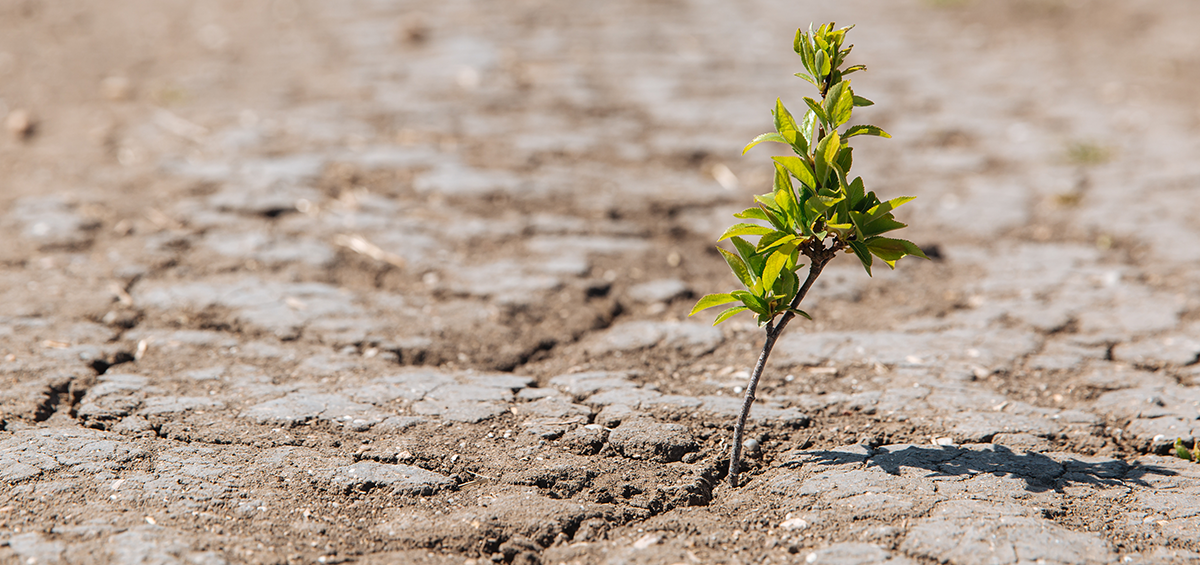
Trees are one of the major solutions in climate change mainly because the current climate change is caused by an excessive amount of carbon dioxide in the air. They absorb the Carbon Dioxide which is causing climate change from the air and produce Oxygen which is good for the planet. Since trees keep a consistent temperature in the climate, it doesn’t necessarily trigger climate change more severely.
Certain parts of trees (ex. Barks, roots and pollen) have been used since long ago to create effective medications. Research from the government of New York has proven that spending time around trees and looking at trees reduces stress, lowers blood pressure and improves mood. Similar results can be achieved digitally but can give off a less effective effect.
In addition to providing a better world for everyone in the society, trees also give off job opportunities. They also provide a range of everyday recreational opportunities such as organised sports, family picnics or just a walk around the park. Since the environment and fresh and healthy, it’ll create connected communities.
There are numerous environmental and conservation advantages to planting a diverse array of tree species. In addition to protecting against pests and environmental risks, it can improve water quality, preserve soil and land from erosion, and provide shelter for humans, animals, insects and other plants.
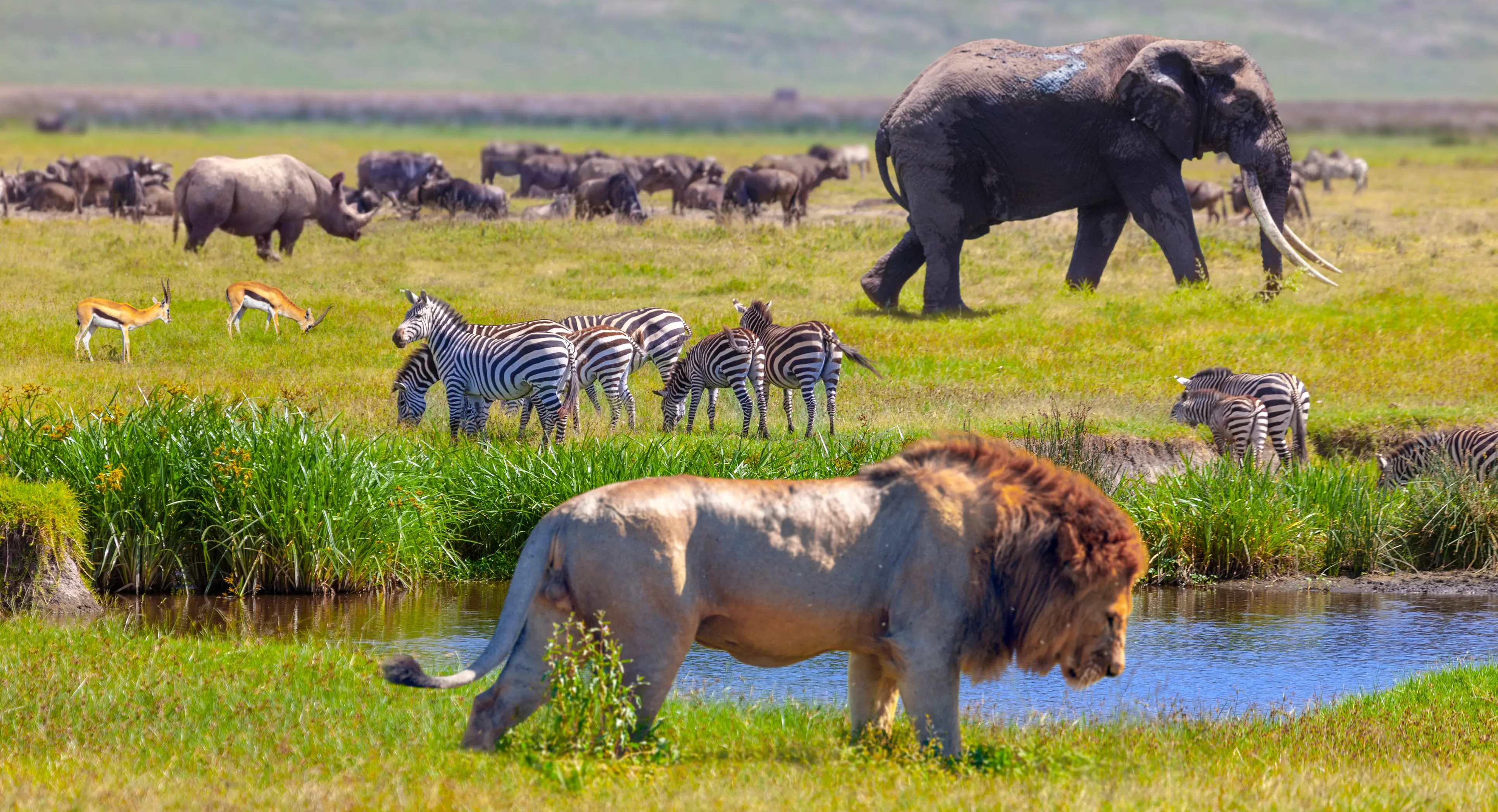
Trees are the sources of food for humans and animals. These include apples, cherries, walnuts, chestnuts and many more. Some trees also produce various edible components, such as bark, leaves, twigs, seeds, pollen, roots, new growth, blooms, and, of course, sap used to make syrup.
Trees improve the health of soil by having roots. The roots enhance the ability of soil to absorb water which reduces the risk of erosion. Moreover, the shade created by trees can be a great help in keeping the soil temperature consistent.
Plants need light, water, air, nutrients, the right temperature and space to grow. The main source of light energy for plants to grow is the sun but they can also be grown in artificial light. They make use of light to make glucose which they later use as their energy source. Plants need carbon dioxide to combine it with water and create glucose and oxygen. Additionally, they need oxygen to respire. Water is one of the necessities in photosynthesis. Plants need nutrients to be absorbed by their roots -if they can't get them from the soil, they'll get it from fertiliser. Just like humans and animals need space, plants do too. Since the capacity of their roots can differ from being small to large, we need to give them space so they can grow freely.
Plants can grow anywhere but the place they're planted in will decide how good they'll grow. Soil is a very important factor in growing plants so which soil is the best for plants' growth? The answer would be the loam soil. It's a perfect mixture of 40% of sand, 40% of silt and 20% clay leading it to be the best at absorbing nutrients. Additionally, either spring or fall is the best season for plants to grow.
Planting plants indoors is called indoor planting. There are many benefits in indoor planting. The benefits include: improving air quality, relieves stress, provides productivity and focus. Though they improve air quality, please note to not sleep with plants while all the windows and doors are sealed shut without air conditioning since it can make you suffocate and lead you to death.
In contrast to indoor planting, outdoor planting is done outside on the ground. Outdoor plants produce Oxygen to the atmosphere which reduces the rates of air pollution. In addition, outdoor plants reduce stress alongside giving fruits to us.
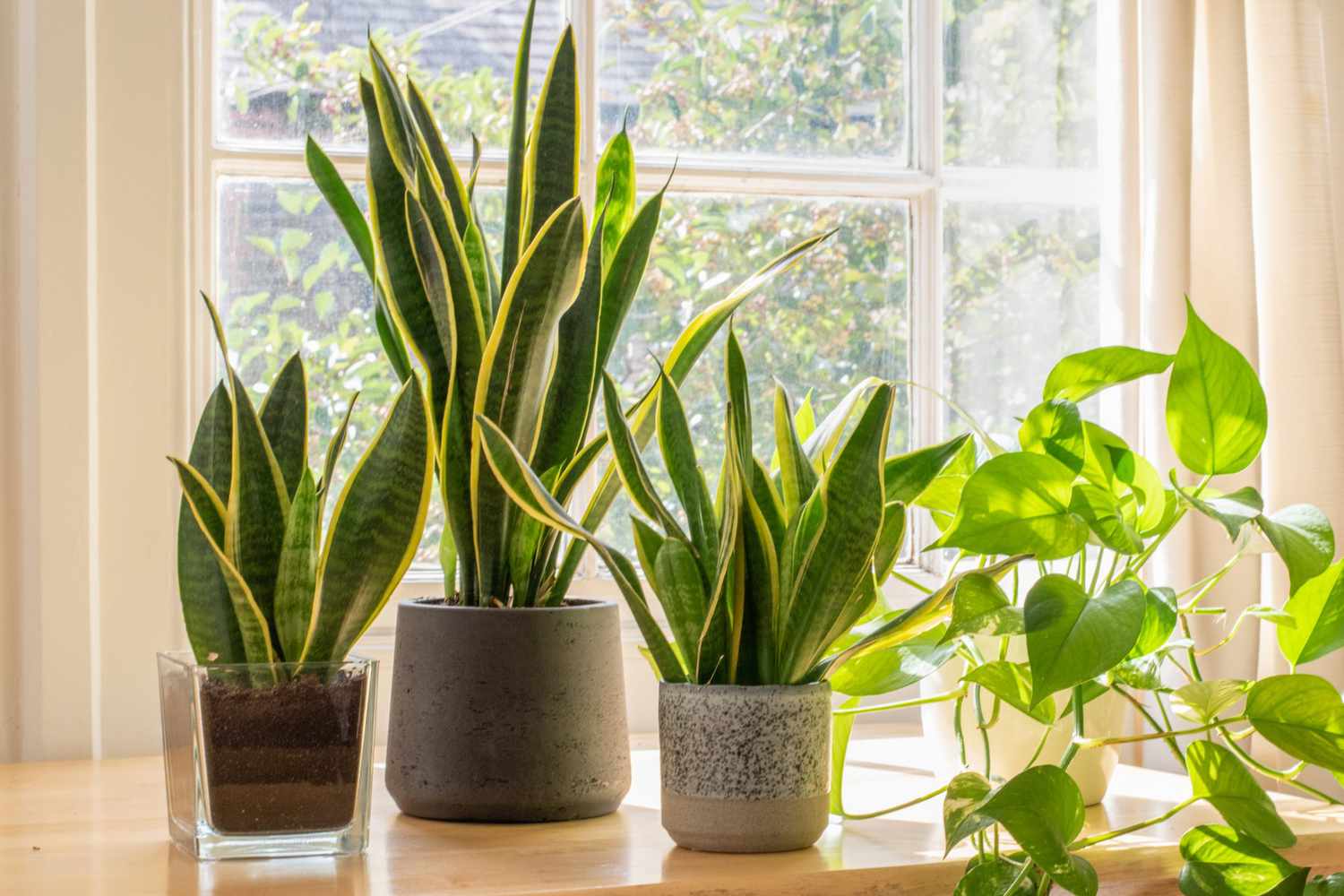
Scientific Name: Dracaena trifasciata
Flowering or Non-flowering: Flowering plants
Indoor or Outdoors: Both
Native: West and West Central Africa
Benefits:
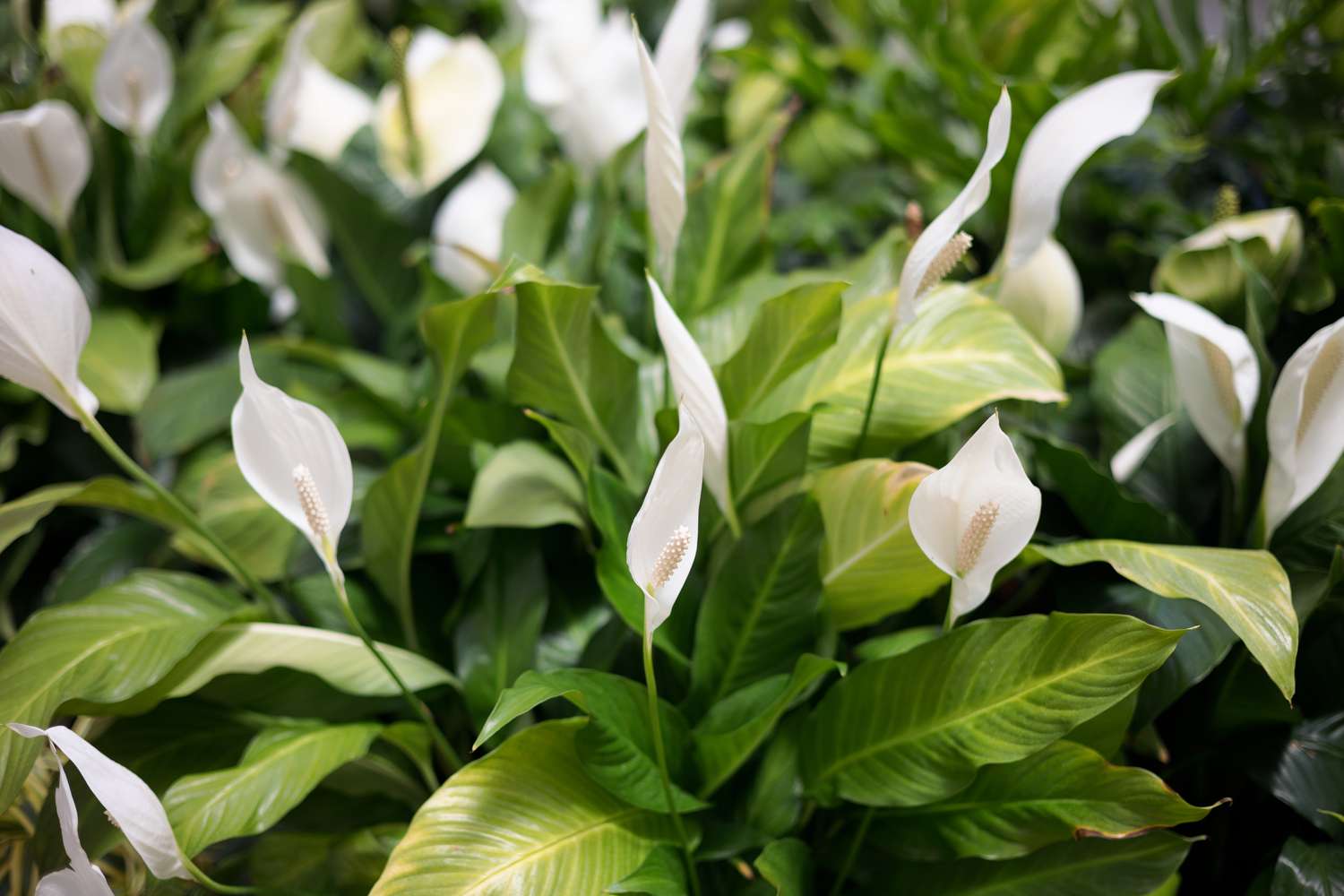
Scientific Name: Spathiphyllum
Flowering or Non-flowering: Flowering
Indoors or Outdoors: Mainly indoors but can be planted outdoors in certain conditions
Native: tropical rainforests of Colombia and Venezuela
Benefits:
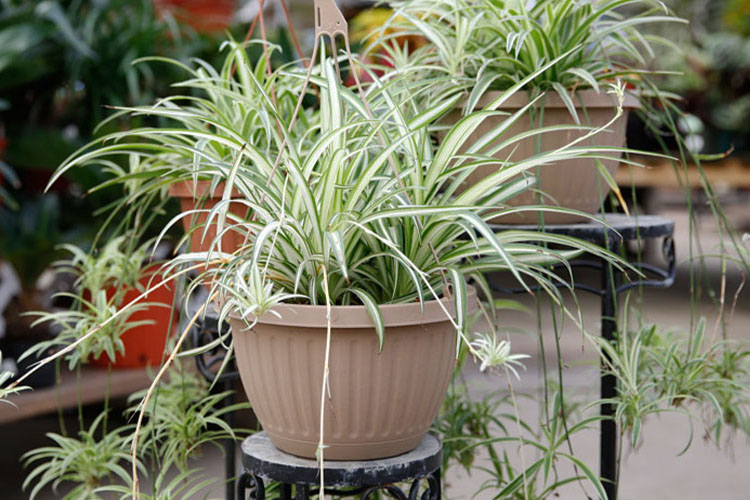
Scientific Name: Chlorophytum comosum
Flowering or Non-flowering: Flowering
Indoors or Outdoors: Indoors but can be planted outdoors during summer months
Native: coastal areas of South African
Benefits:
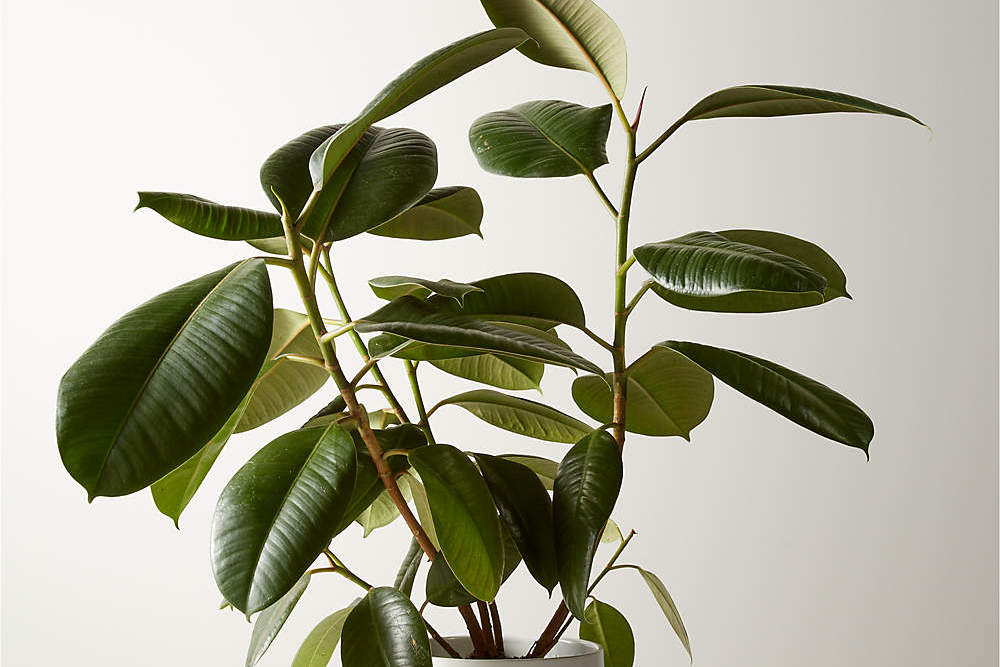
Scientific Name: Ficus Elastica
Flowering or Non-flowering: Flowering
Indoors or Outdoors: Indoors
Native: Southeast Asia
Benefits:
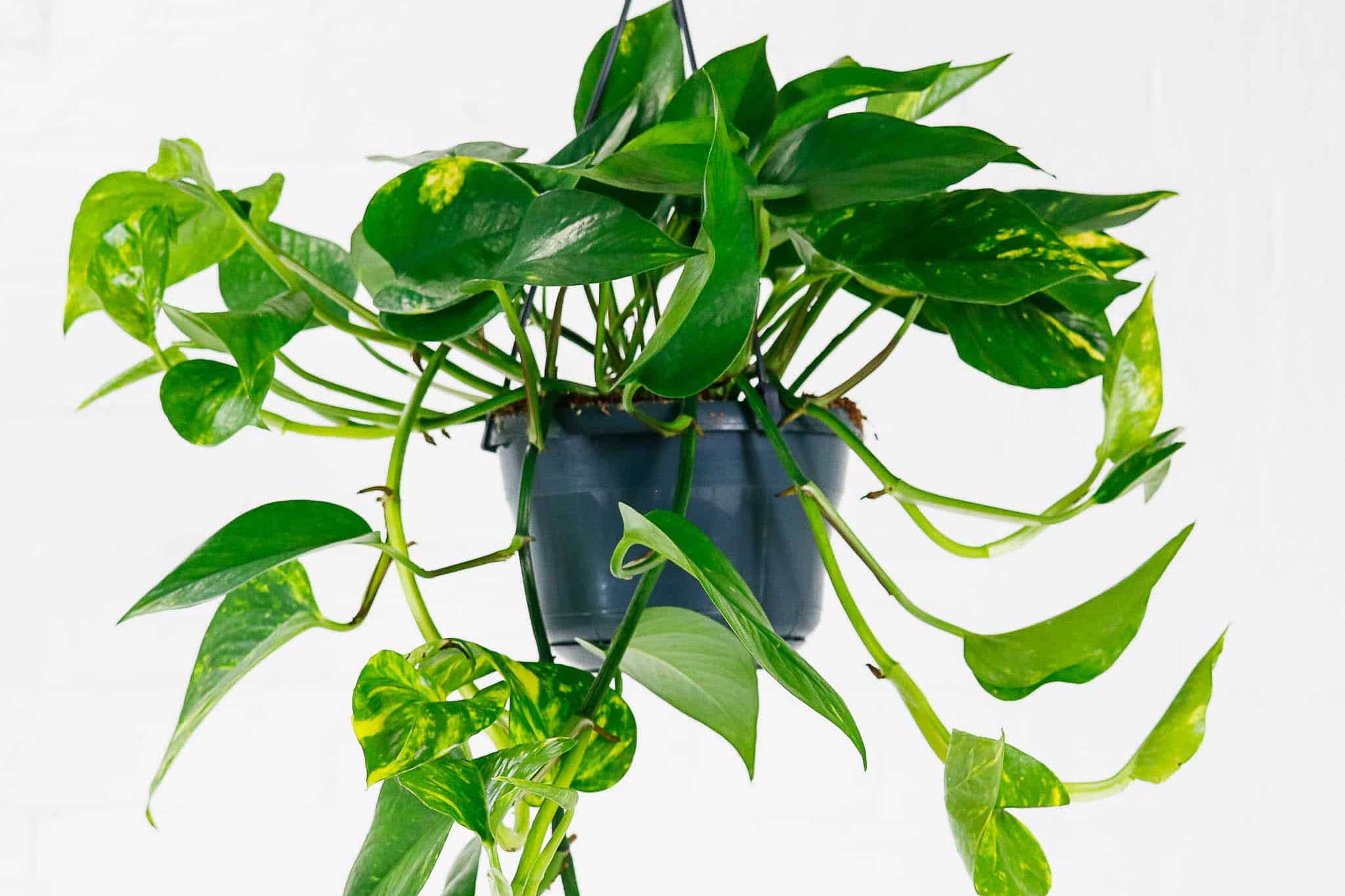
Scientific Name: Epipremnum aureum
Flowering or Non-flowering: Flowering only when planted outdoors
Indoors or Outdoors: Both
Native: Solomon Islands
Benefits:
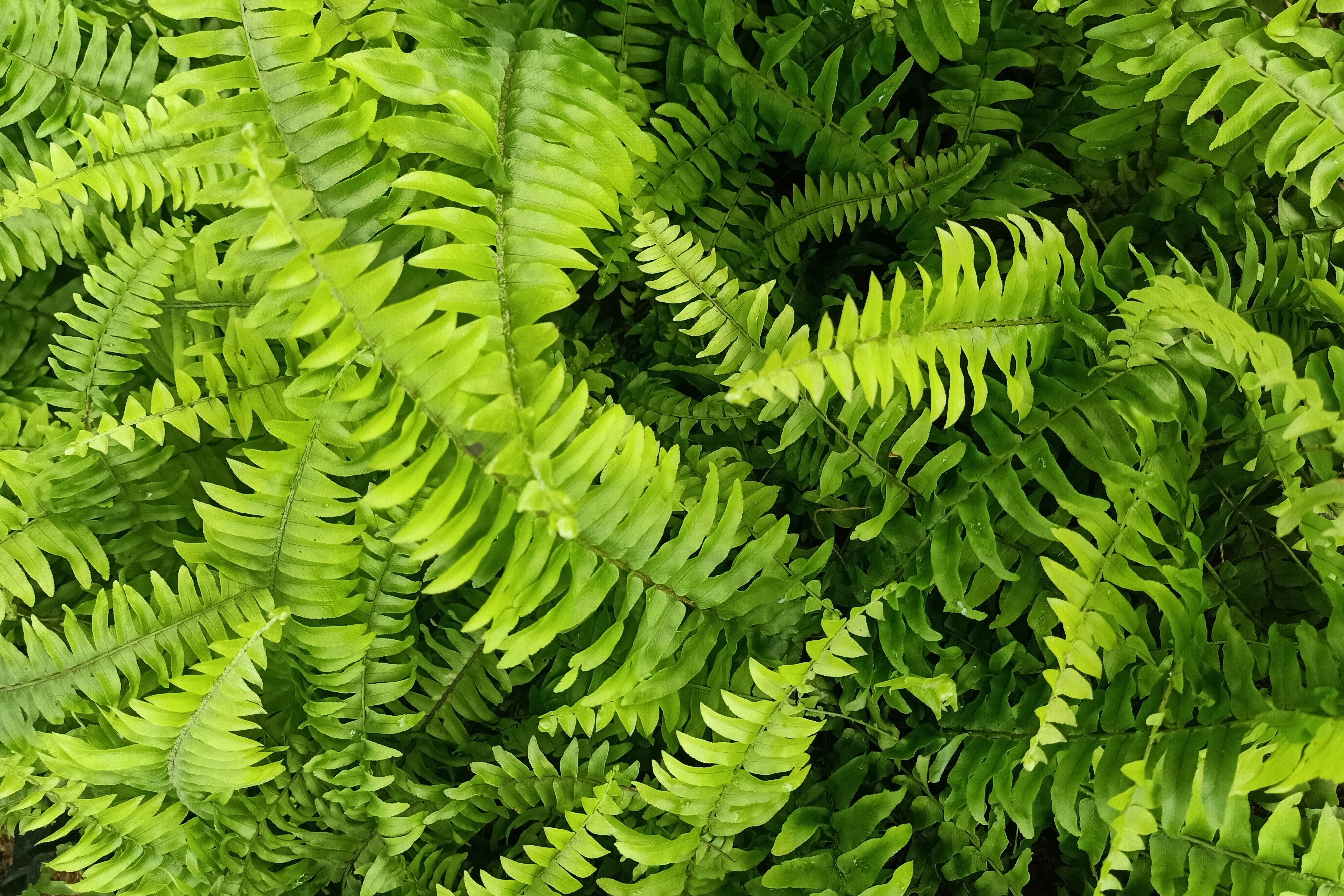
Scientific Name: Polystichum munitum
Flowering or Non-flowering: Non-flowering
Indoors or Outdoors: Both
Native: Western North America
Benefits:
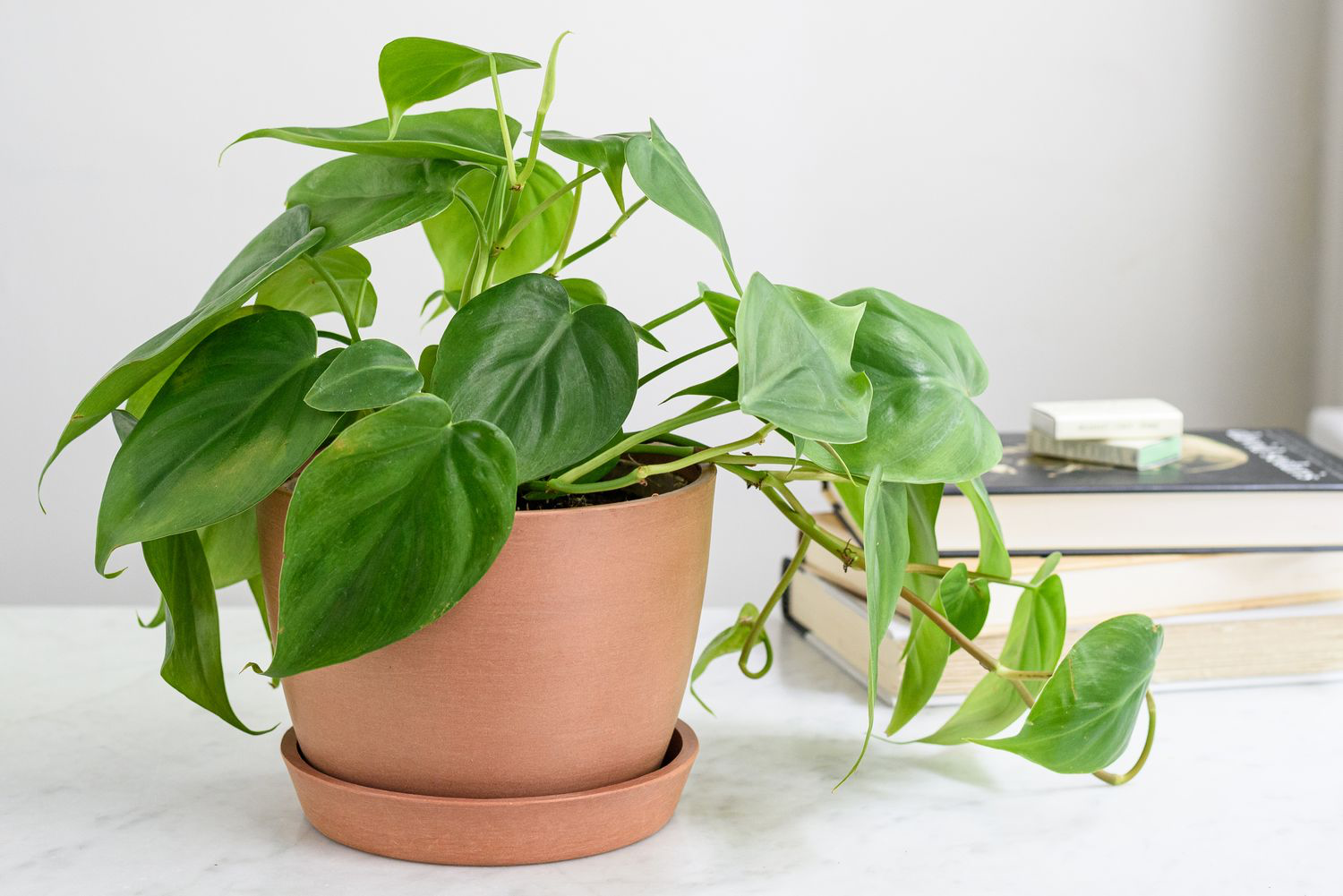
Scientific Name: Philodendron ligulatum
Flowering or Non-flowering: Flowering if matured
Indoors or Outdoors: Indoor
Native: Australia, some Pacific islands, Africa and Asia
Benefits:
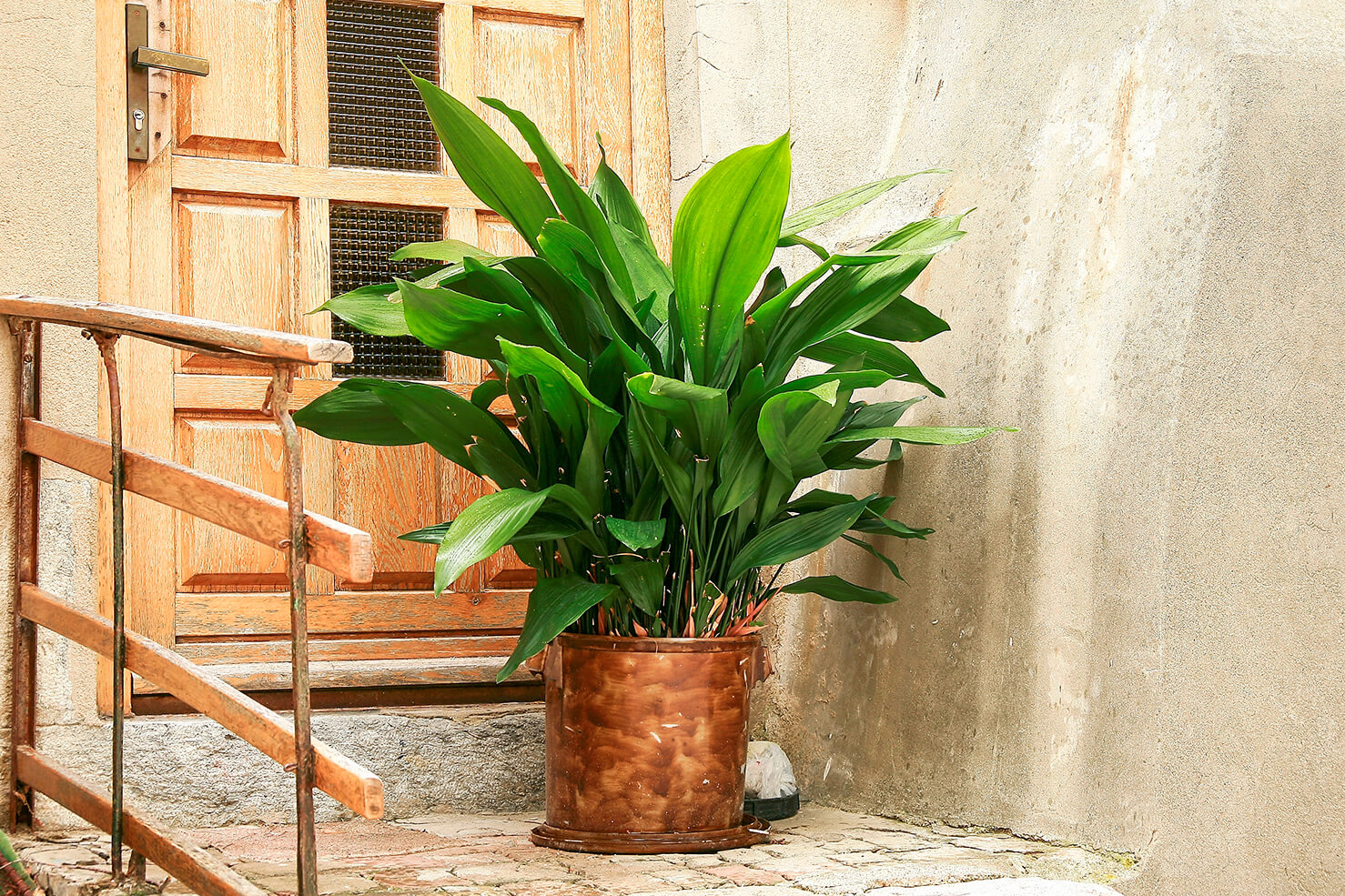
Scientific Name: Aspidistra elatior
Flowering or Non-flowering: Flowering
Indoors or Outdoors: Both
Native: China & Japan
Benefits:
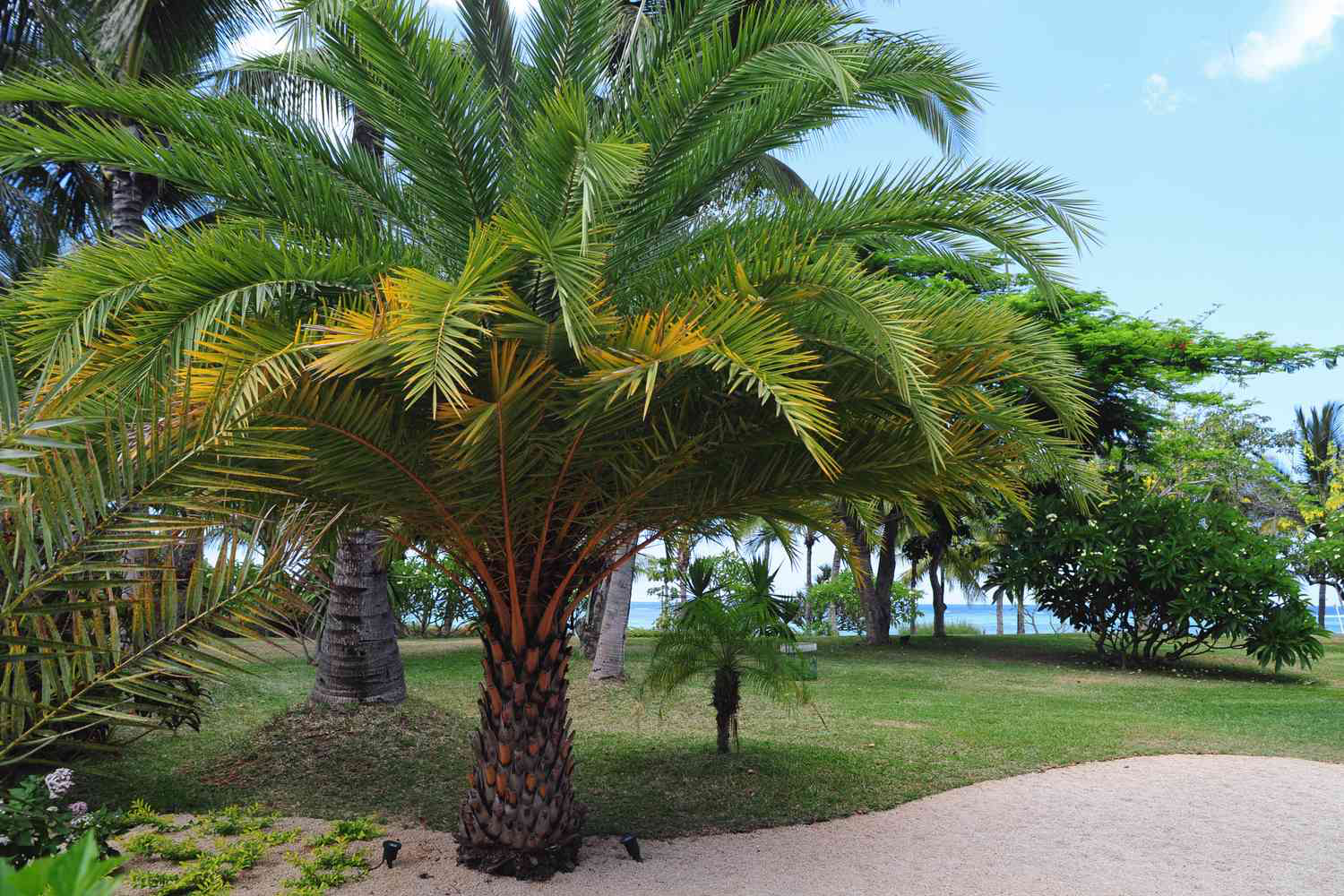
Scientific Name: Arecaceae
Flowering or Non-flowering: Flowering
Indoors or Outdoors: Indoor
Native: Tropical and subtropical climates
Benefits: